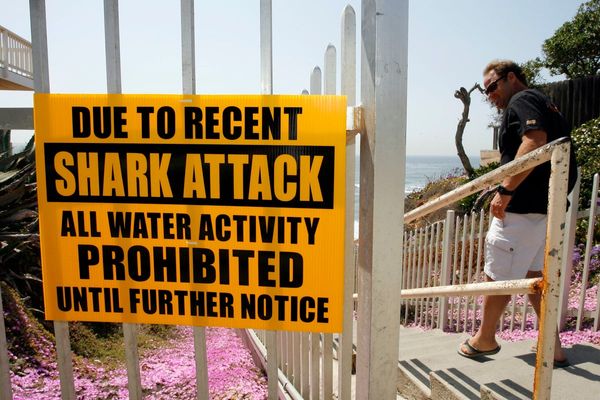
The wreck of a Royal Navy warship which sank in 1682 while carrying the future king James Stuart has been identified off the coast of Norfolk.
The wreckage of HMS Gloucester was actually found in 2007 by two brothers, Julian and Lincoln Barnwell, alongside their late father and two friends, following a four-year search which covered an area of more than 5,000 nautical miles.
The ship had run aground 28 miles off Great Yarmouth but due to the time taken to confirm its identity and the need to protect an “at risk” site, which lies in international waters, it is only now that its discovery can be made public.
The HMS Gloucester was originally built in 1652 for the English navy, and participated in battles during the Anglo-Spanish war of 1654 to 1660 and the second and third Anglo-Dutch war.
In 1682, the ship was wrecked after it collided with a sandbar, with up to 250 people dying as a result. At the time, the ship was carrying James Stuart, who survived the wreckage and went on to become King James II of England and Ireland and King James VII of Scotland. He had argued with the pilot about navigating the dangerous area and delayed abandoning ship until the last minute, needlessly costing the lives of many who, because of protocol, could not abandon the ship before royalty.

He accepted no responsibility for the sinking, instead blaming the pilot, James Ayres, and wishing him to be hanged immediately, though Ayres was in fact court-martialled and imprisoned.
The discovery of the wreckage, due to the circumstances of its sinking, could be the “single most significant historic maritime discovery since the raising of the Mary Rose in 1982”, according to Prof Claire Jowitt, who specialises in maritime history at the University of East Anglia.
When discovered, the ship appeared to be split from its keel, with the remains of its hull having been submerged under the sea bed.
Many artefacts, including clothes and shoes, have been recovered from the wreck including, in 2012, the ship’s bell which proved to be a key clue in confirming the wreckage to be the HMS Gloucester.
Lincoln Barnwell said that the discovery of the wreckage was on their fourth dive season looking for HMS Gloucester, and that the group were beginning to think that they were not going to be able to find the ship.

But Barnwell said that on one particular dive to the seabed, he spotted a “large cannon laying on white sand” which was “awe-inspiring and really beautiful”.
He said: “It instantly felt like a privilege to be there, it was so exciting.
“We were the only people in the world at that moment in time who knew where the wreck lay. That was special and I’ll never forget it.”
The Mary Rose was a warship which served the English Tudor navy under King Henry VIII, until it sank during a battle in 1545. After its discovery, it was restored and is now on display in Portsmouth.
Jowitt said the discovery of the HMS Gloucester wreckage would “fundamentally change understanding of 17th-century social, maritime and political history”.
She added: “It is an outstanding example of underwater cultural heritage of national and international importance.
“A tragedy of considerable proportions in terms of loss of life, both privileged and ordinary, the full story of the Gloucester’s last voyage and the impact of its aftermath needs retelling, including its cultural and political importance, and legacy.
“We will also try to establish who else died and tell their stories, as the identities of a fraction of the victims are currently known.”
An exhibition is planned for spring 2023 at Norwich Castle Museum and Art Gallery to display finds from the wreck and share ongoing historical, scientific and archaeological research.







